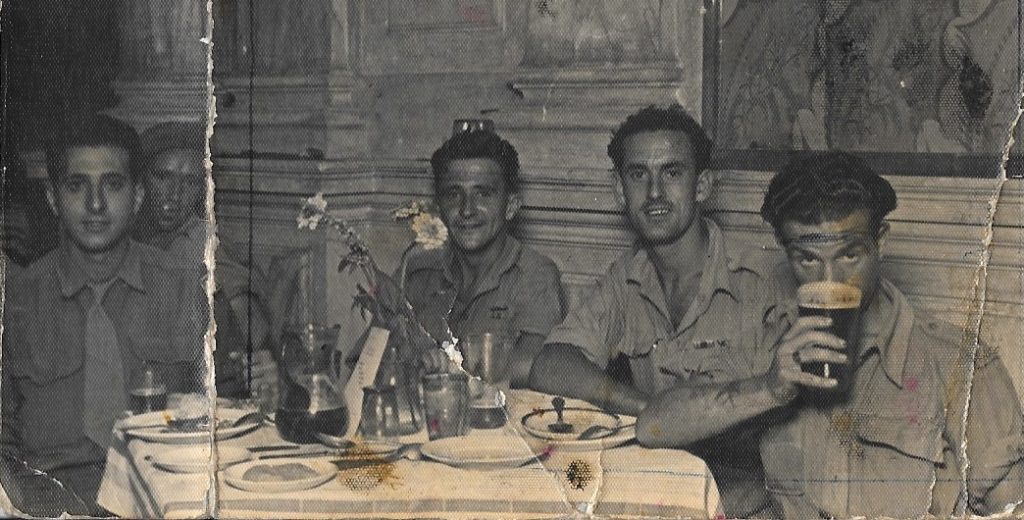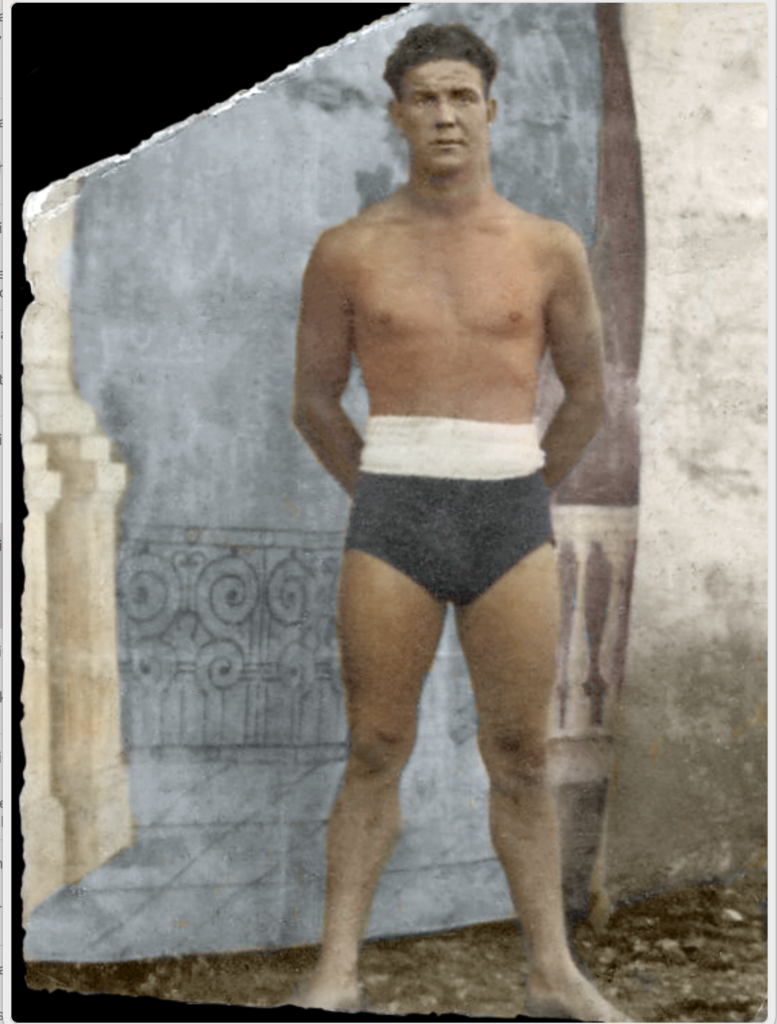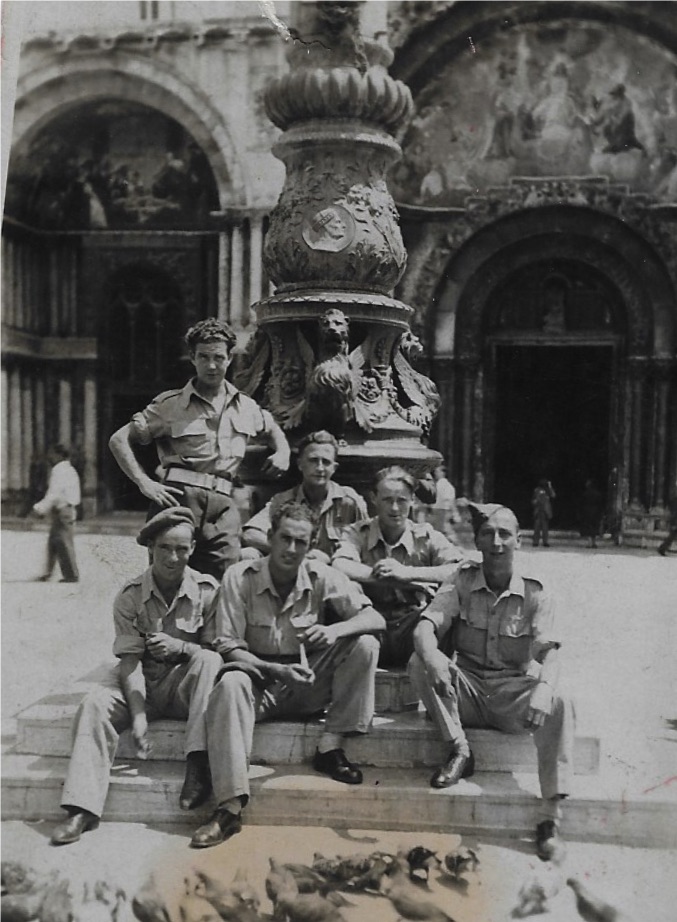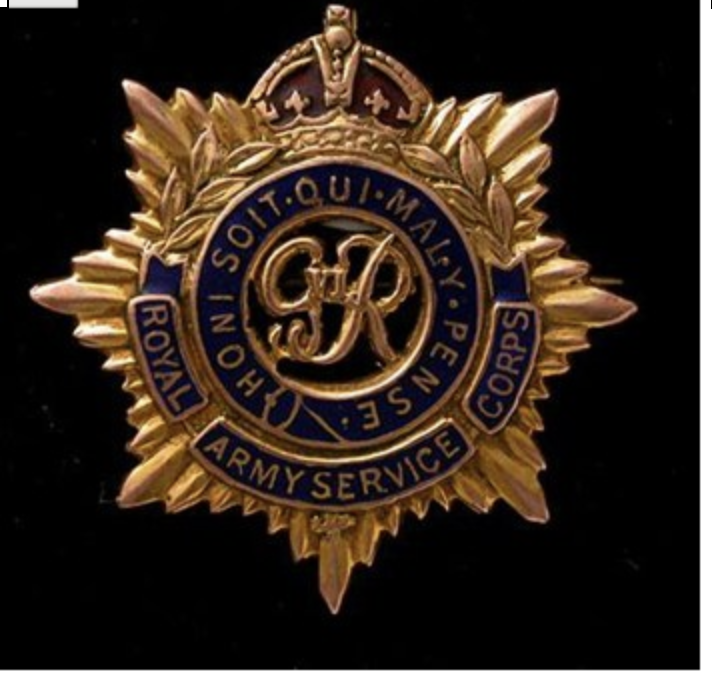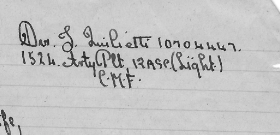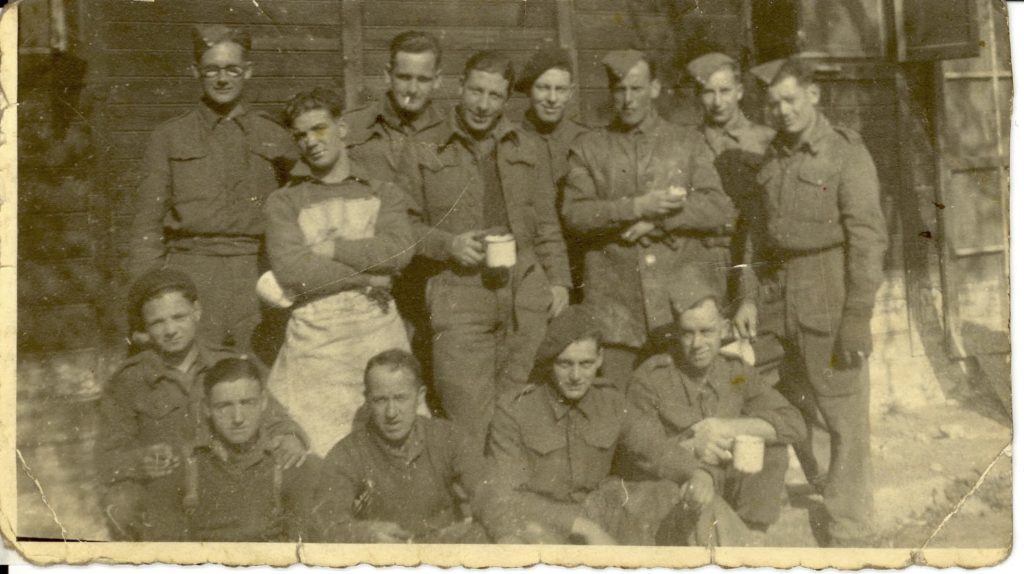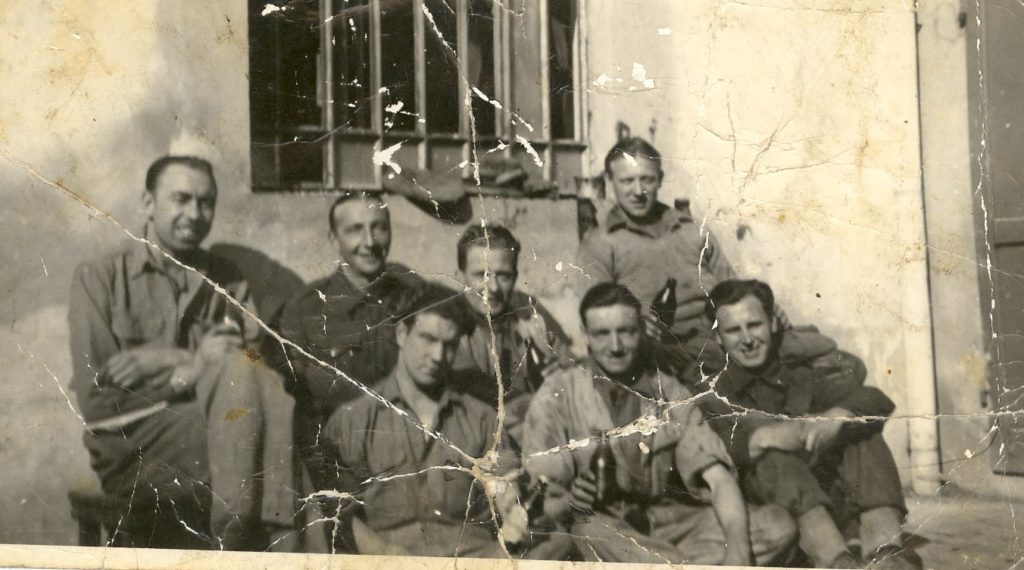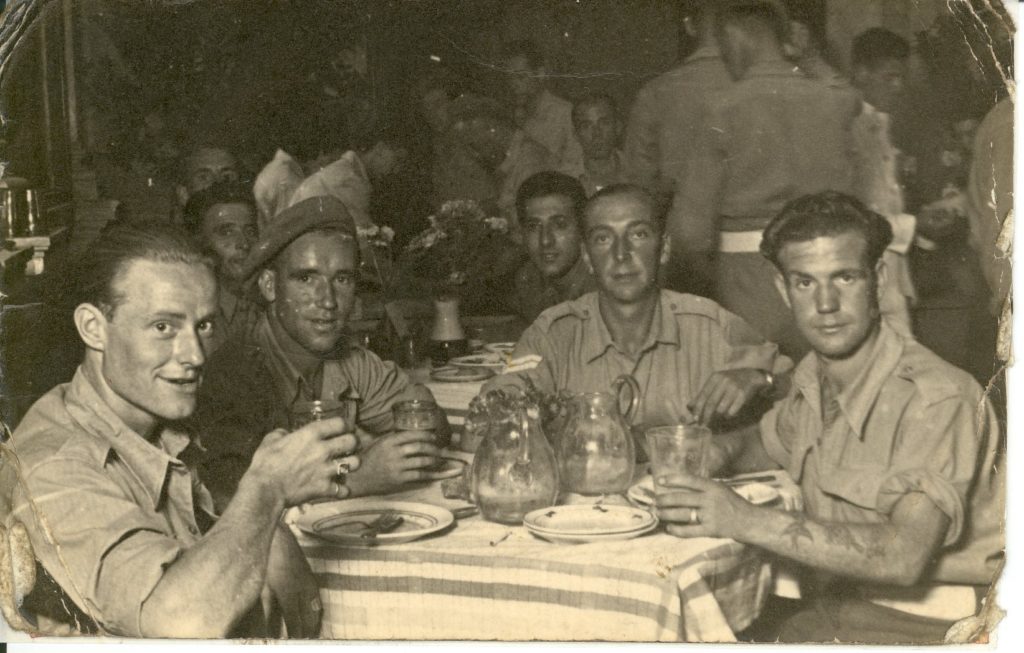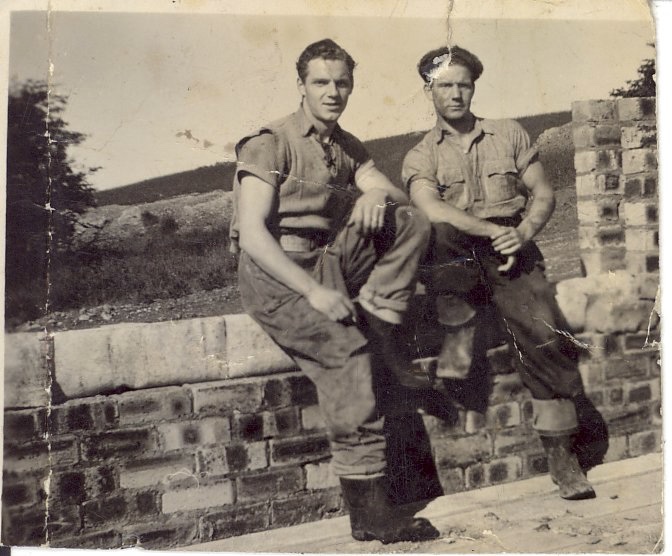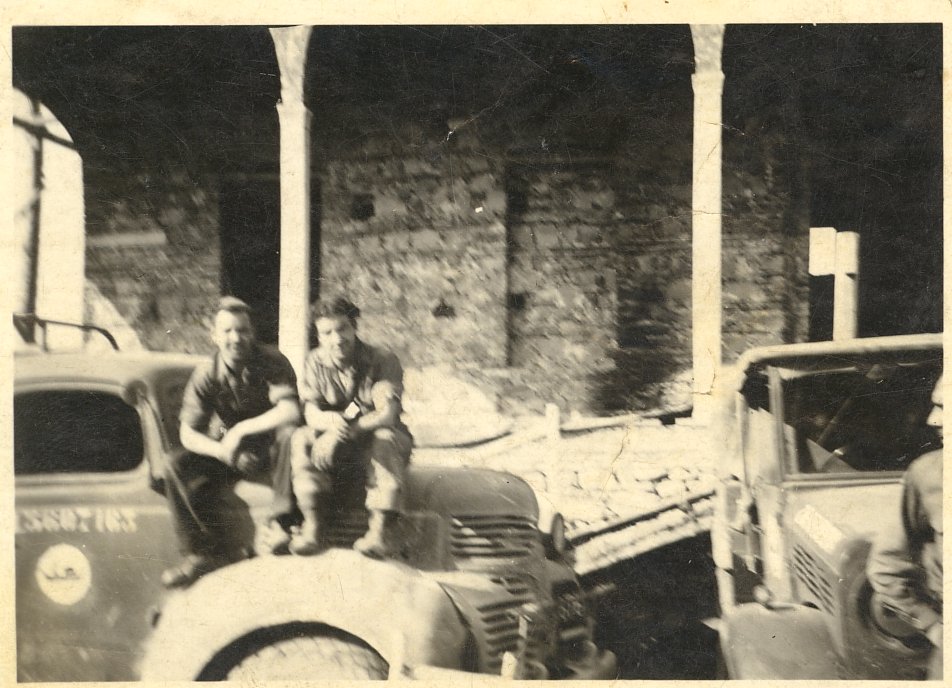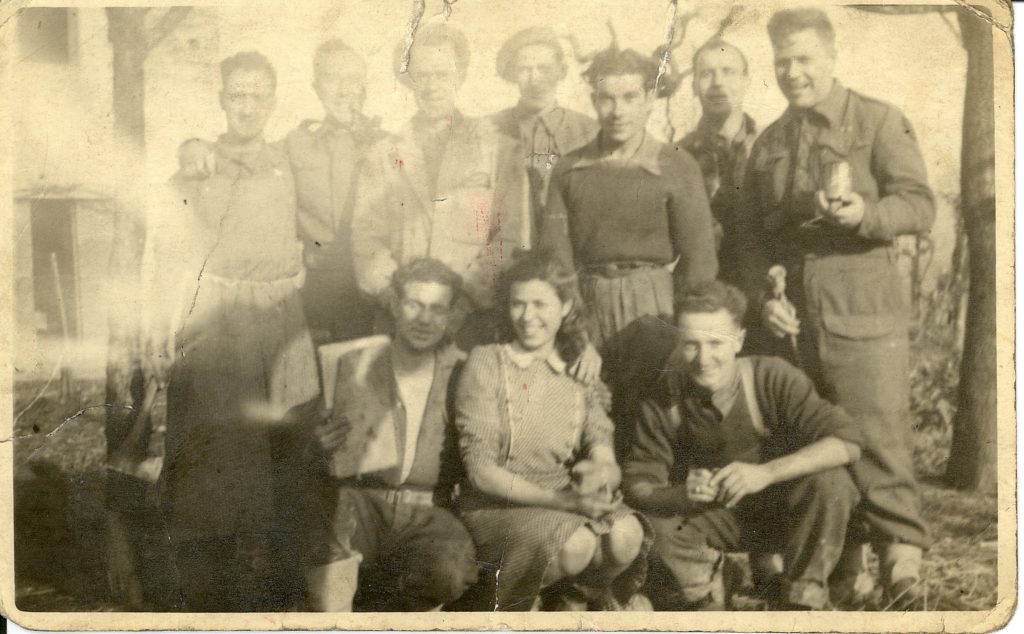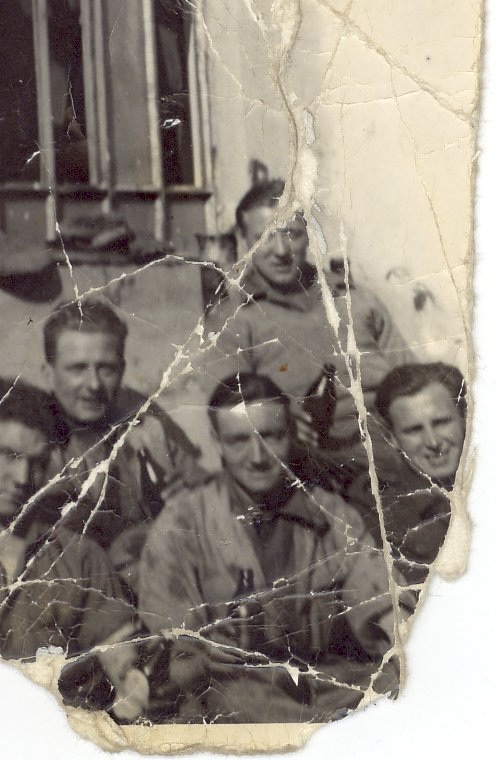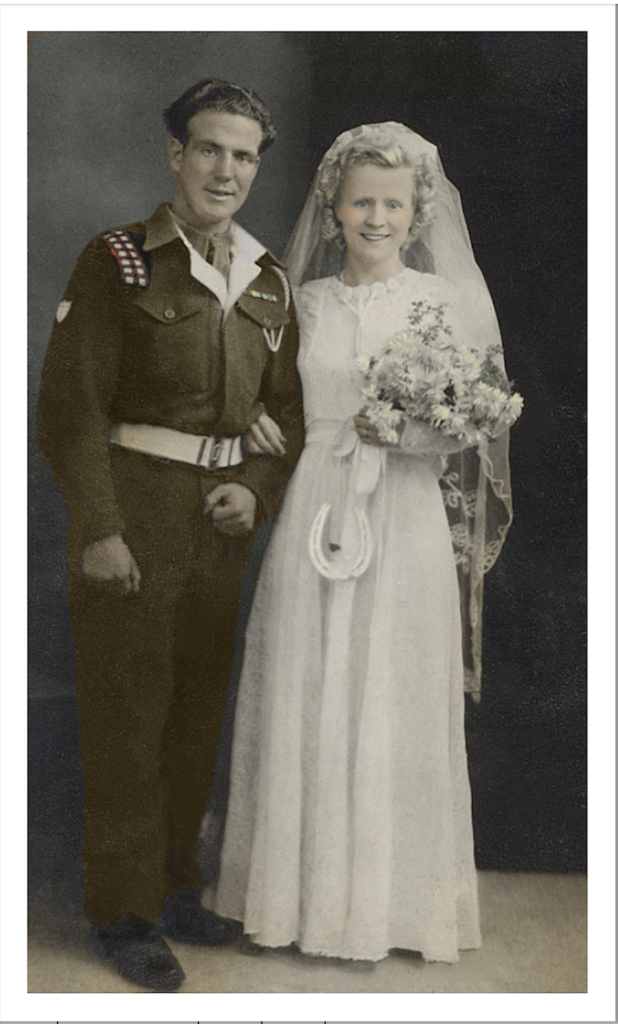QUILIETTI Joe 1922-1979 ARMY DAYS R.A.S.C.
Joe would have been 17 when the War broke out. I know he wrote to my mum Peggy Morrison from his postings from 1941 and they married in 1945. I understand that they met near her work which was near Greyfriars Bobby in the Old Town of Edinburgh but as things turned out they lived nearby. The rest is history.
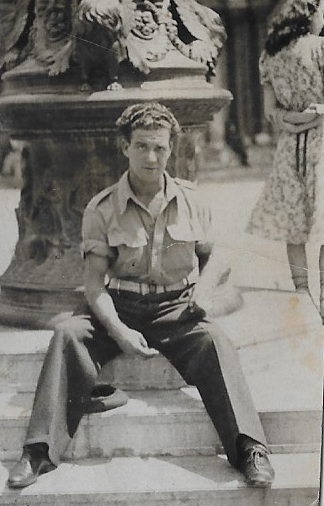
Joe in his Prime
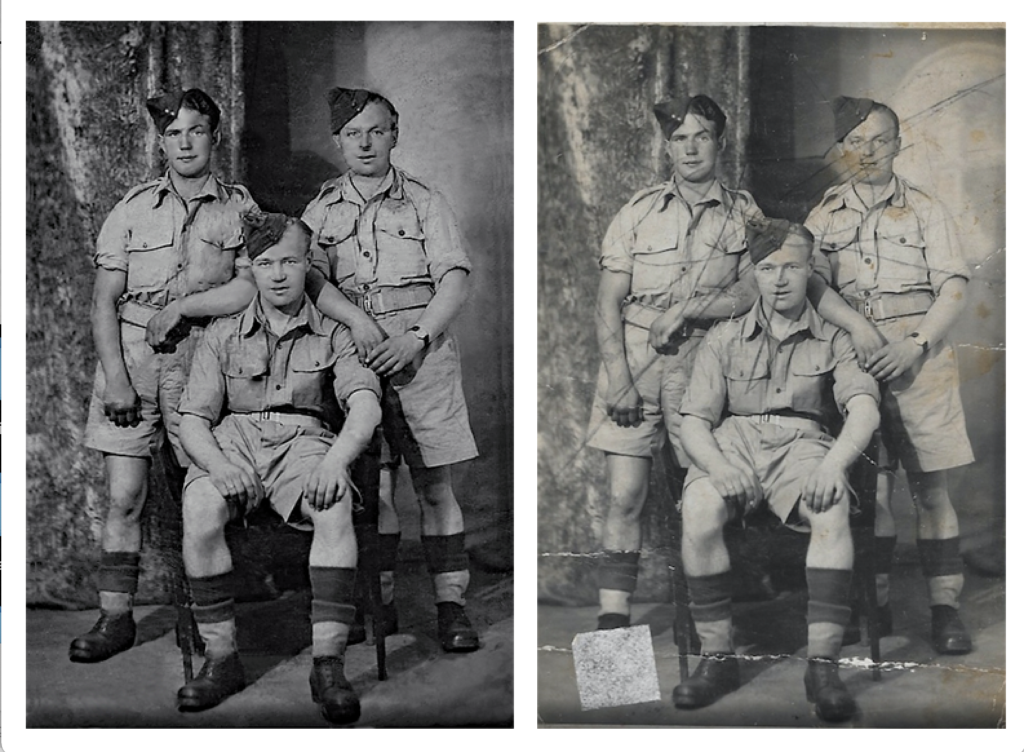
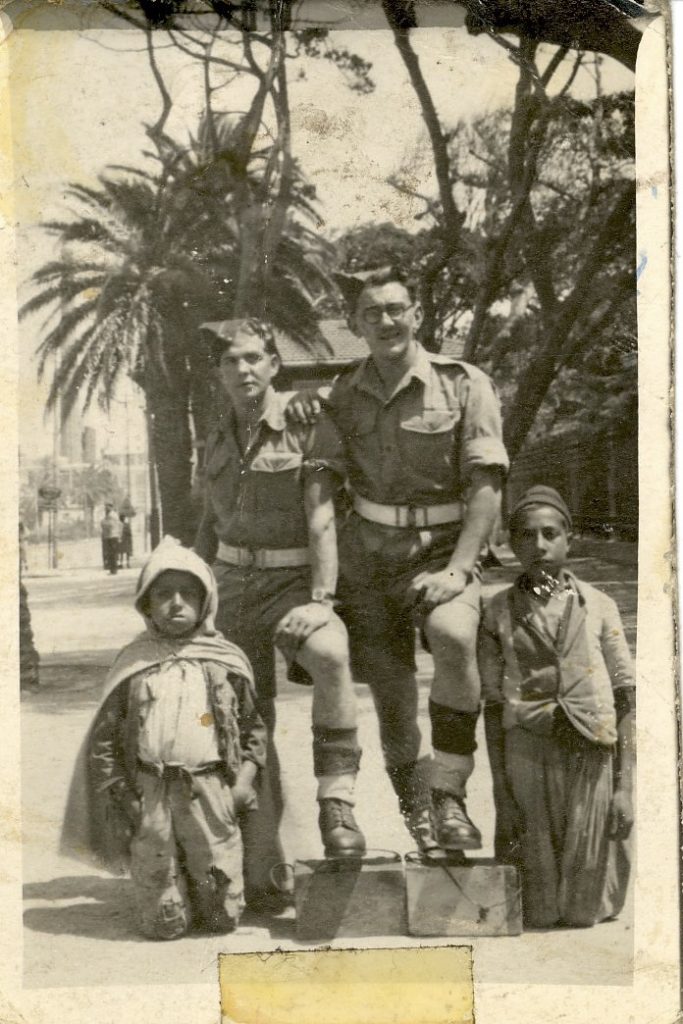
North Africa
Supply.
Supply embraces the provision of food, petrol and lubricants, fuel and light, hospital supplies and disinfectants.
Transport.
Transport is concerned with the conveyance of the above supplies, together with ammunition, engineer stores, ordnance stores and post, from railhead, or from base if no railhead exists, to all units of a field force.
In addition RASC units are provided for the carriage of infantry, tanks and heavy bridging equipment. The mechanical transport of medical and certain other units is also found and operated by the RASC.
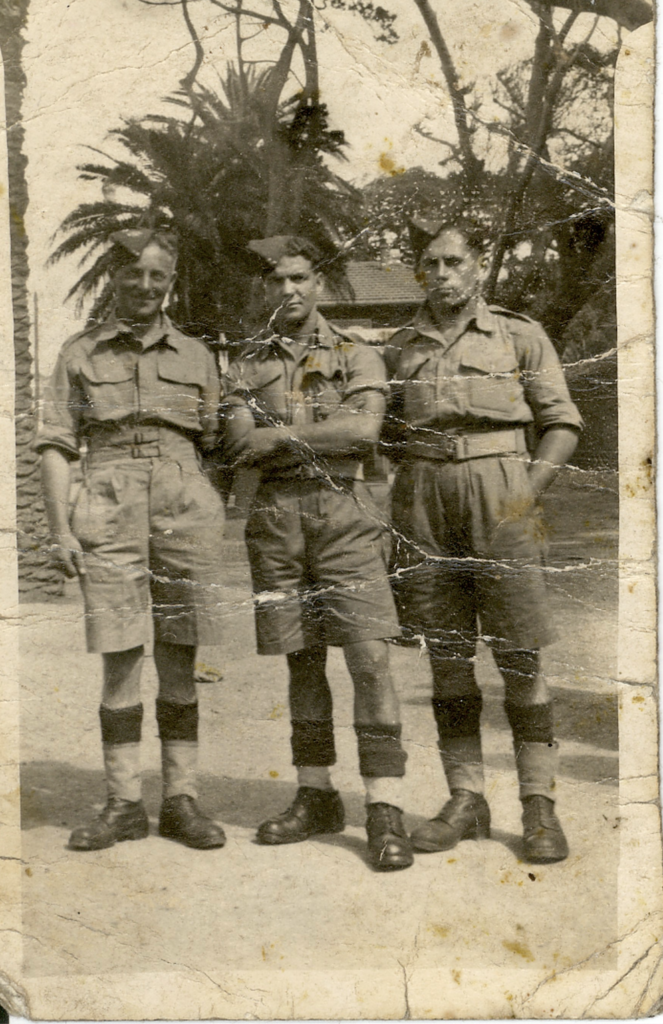
North Africa
To enable these services to be undertaken effectively, the RASC are responsible for the provision, repair, and maintenance of their own mechanical transport.
General Transport Companies are allotted to divisions for the transport of ammunition, supplies and petrol. Similar companies are allotted to higher formations and for employment in Line of Communication areas as required.
Personnel of the RASC are trained to fight as infantry and RASC units are responsible for their own local defence.
DIVISIONAL RASC
The role of the RASC companies was to keep the front line units supplied. In order to do this there were three different operations which were carried on simultaneously.
By the end of the campaign it was usual to have a company assigned to supplies, another to petrol and a third to ammunition. Early in the campaign it was more usual to have companies serving brigades and have those companies each assign a platoon to supplies, petrol and ammunition. Cleary the brigade company allowed the brigade to operate independently and was well suited to the rapid advances of armoured divisions. In the large, and often fairly static, armies of the winter of 1944/45 the commodity company was more efficient. The supply system was overhauled in the autumn of 1944 when it became common for transport from army level to deliver to division refilling points and thus cut out a stage of loading and unloading.
The transport was divided into two echelons which operated a two day turn around system. The major item was rations. These were fairly constant and were delivered daily. Because there were slight variations in the strength of units from day to day each unit had to make a ration return stating how many rations would be required in four days time. There was always a days rations with the unit, a days rations on the second line transport and a third days rations on the third line transport so that the rations being requested today would leave railhead tomorrow.
Supplies would be delivered to the divisional refilling point by corps transport units.
– Empty lorries would travel in convoy to the divisional supply refilling point and collect supplies. The lorries from each brigade would load the supplies for their own brigade.
– Once unloaded the supply lorries would collect any salvage in the form of returnable crates, cans, sacks etc. and then return.
Somewhere on the return route was a reporting centre manned by the echelon commander and personnel and vehicles from company headquarters. Here the section and platoon commanders would report that their mission was complete. Here they could also get refreshment and repairs before returning to a company headquarters for rest and a meal.
– Company Headquarters would be sited close to the divisional refilling point and clerks would be provided to check the items being loaded by relief crews. Clerks and loaders would also be provided by the third line transport to handle items being unloaded. Supply Platoons were also available to assist with supply matters.
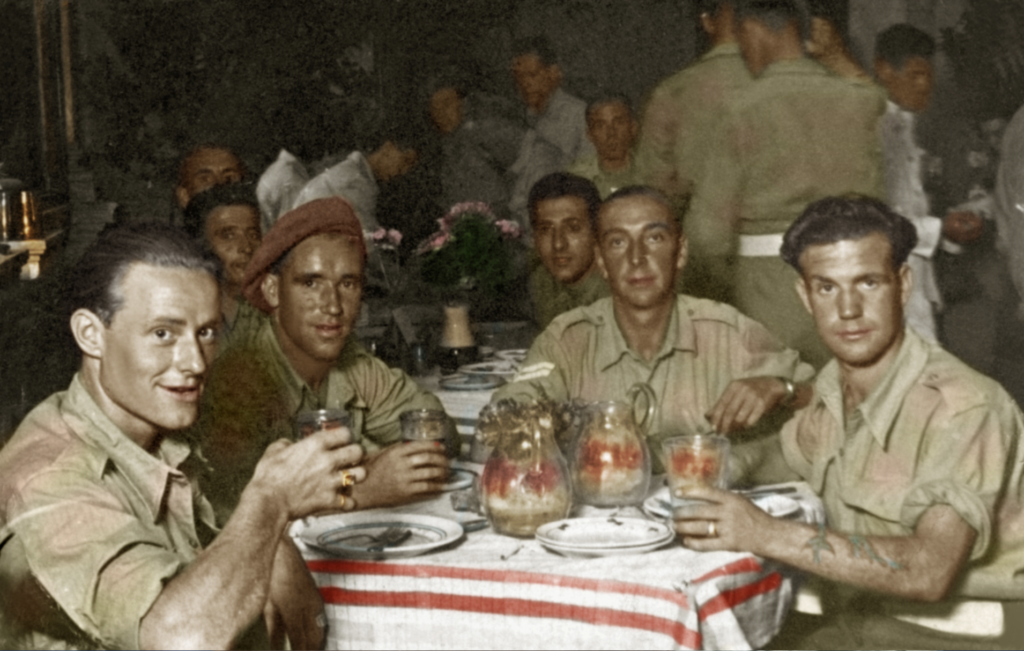
Restored version
– A General Duties platoon was available to assist with loading and unloading ammunition.
– It was a principle of ammunition supply that it should move forward automatically and need not be indented for. Clerks were required to record amounts issued, and units made returns of ammunition expenditure, so that replacement stocks could be provided.
– At times of heavy artillery ammunition expenditure divisional lorries could deliver direct to gun lines and dump ammunition on the ground.
Note: The term railhead can also cover Beachhead and or Airhead.
The system for the transport of petrol differed form that for supplies because all petrol was alike and was not perishable. There was no need for two echelons working a two day turn round.
– Supplies of petrol were delivered to the divisional petrol refilling point by corps transport where it was held on wheels until collected by the divisional transport as required. The corps RASC held a reserve sufficient to move the entire division 25milesForward of the divisional refilling point was a holding point where the second line transport held a reserve on wheels sufficient to move the entire division 50 miles. Second line vehicles also ran a shuttle service from the holding point to unit supply points so that petrol was always available when required.
– There was less need of clerks, although deliveries were monitored so that fresh supplies could be ordered.
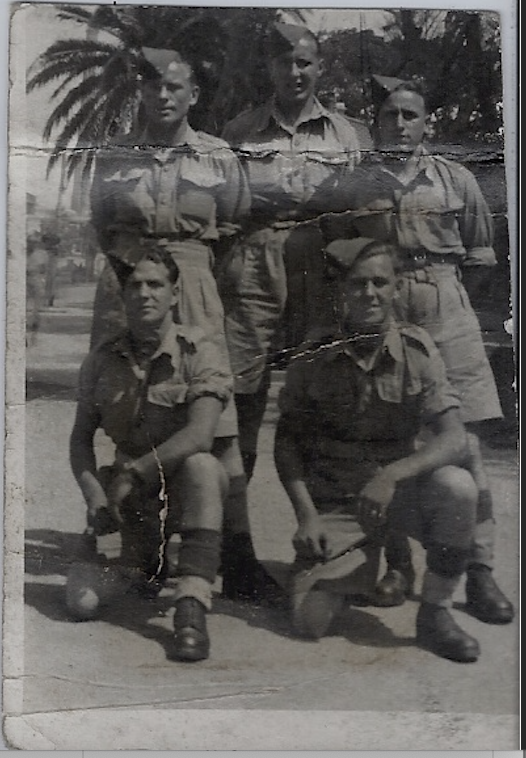
I often wonder who these other people were
The system for the transport of ammunition was similar to that for petrol. Again the loads were not perishable and demand fluctuated. However petrol and ammunition were always kept separate. This was an absolute rule since ammunition was usually safe to handle and transport but petrol fires would cause it to explode.
– Supplies of ammunition were delivered to the divisional ammunition refilling point by corps transport where it was held on wheels until collected by the divisional transport as required. The corps RASC held a reserve.
– Forward of the divisional refilling point was a holding point where the second line transport held a reserve on wheels. Second line vehicles ran a shuttle service from the holding point to unit supply points where ammunition was always available.
The system was sufficiently flexible to cope with rapid movements. When fighting units advanced many miles a day the supply system was able to maintain a steady flow.
In the advance petrol was essential and the supply was ensured by
– vehicles starting with full tanks,
– by units transport carrying a refill,-
by the RASC company reserve on wheels moving just behind the units,
– by the shuttle of RASC lorries keeping the rolling reserve replenishe
